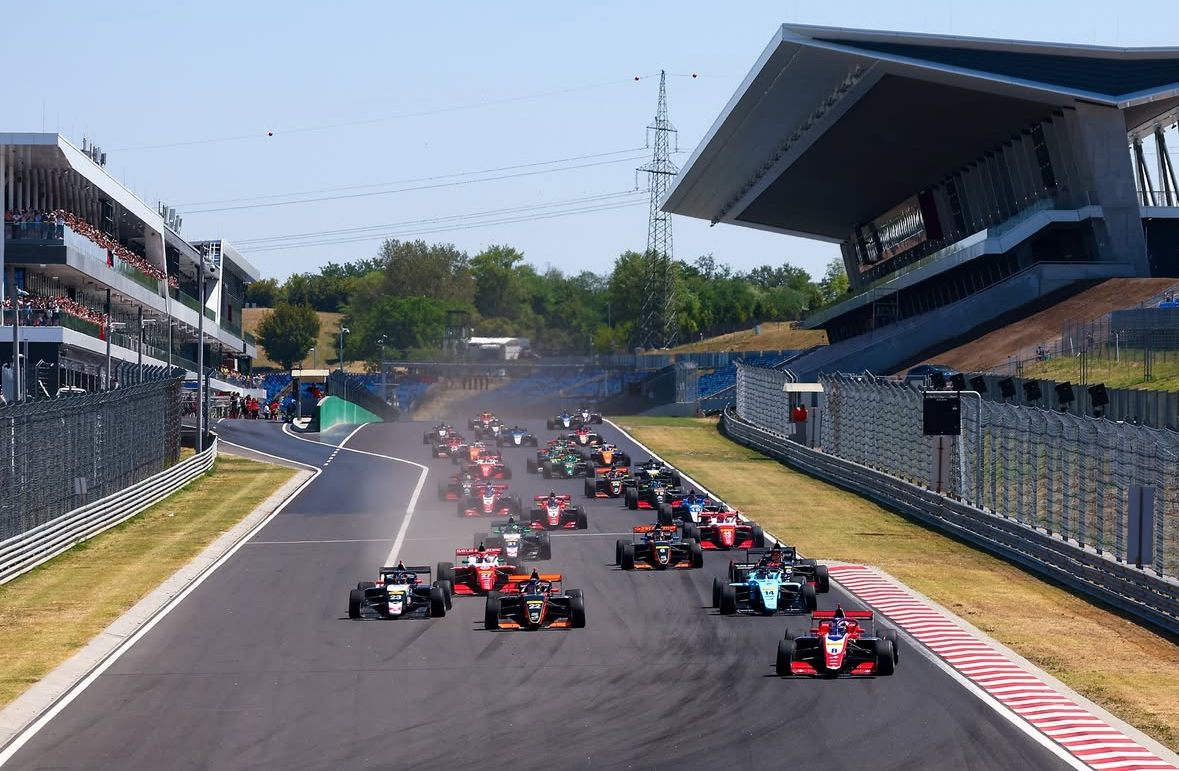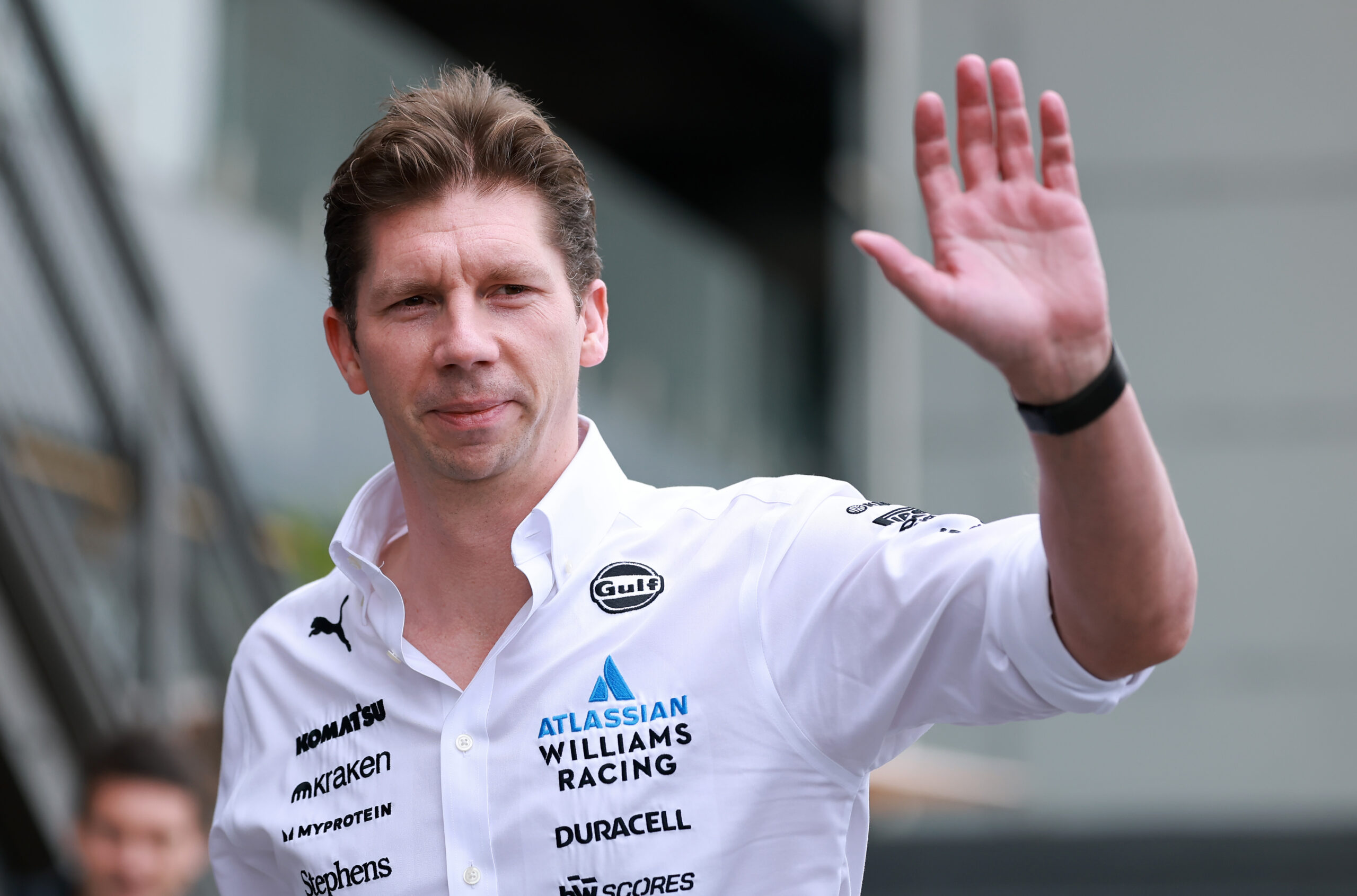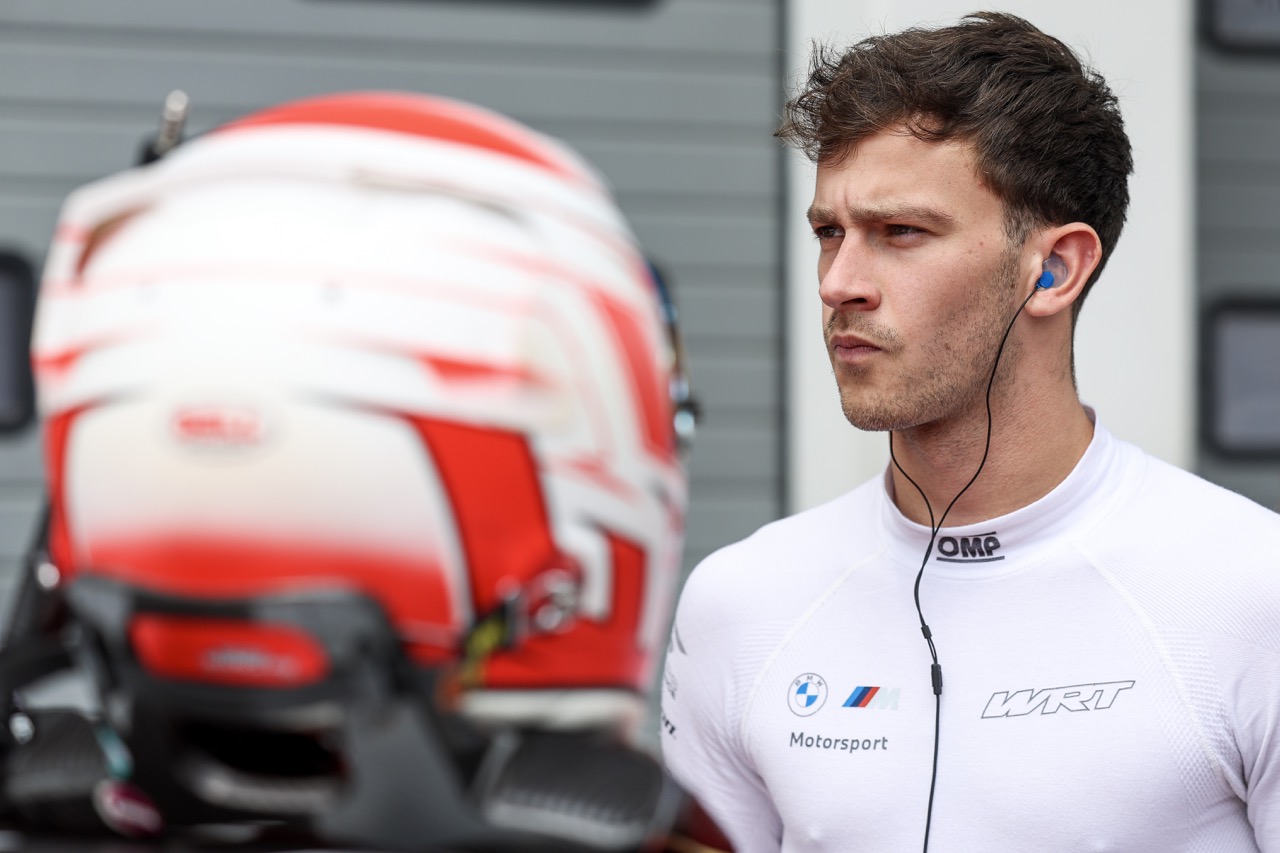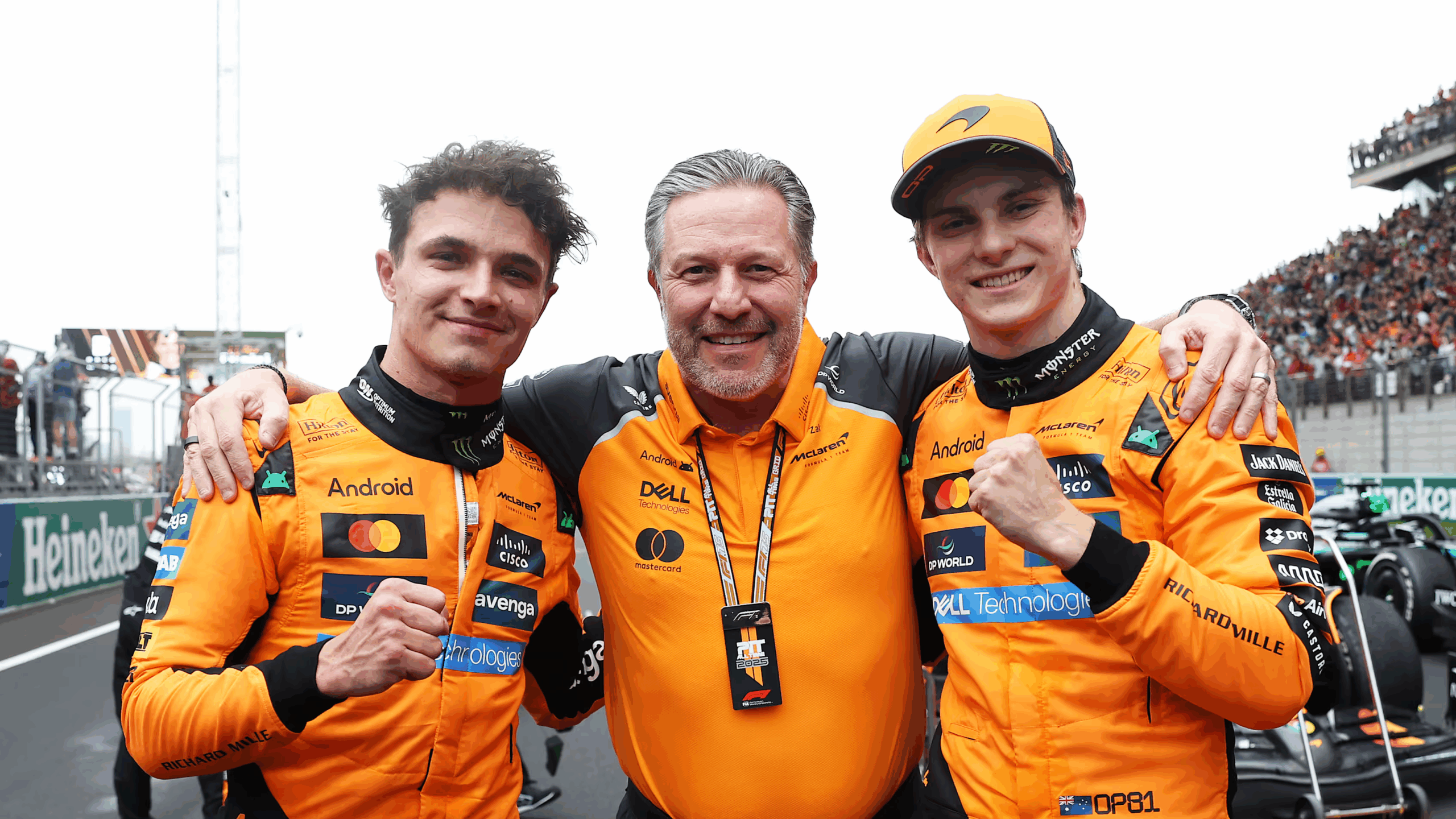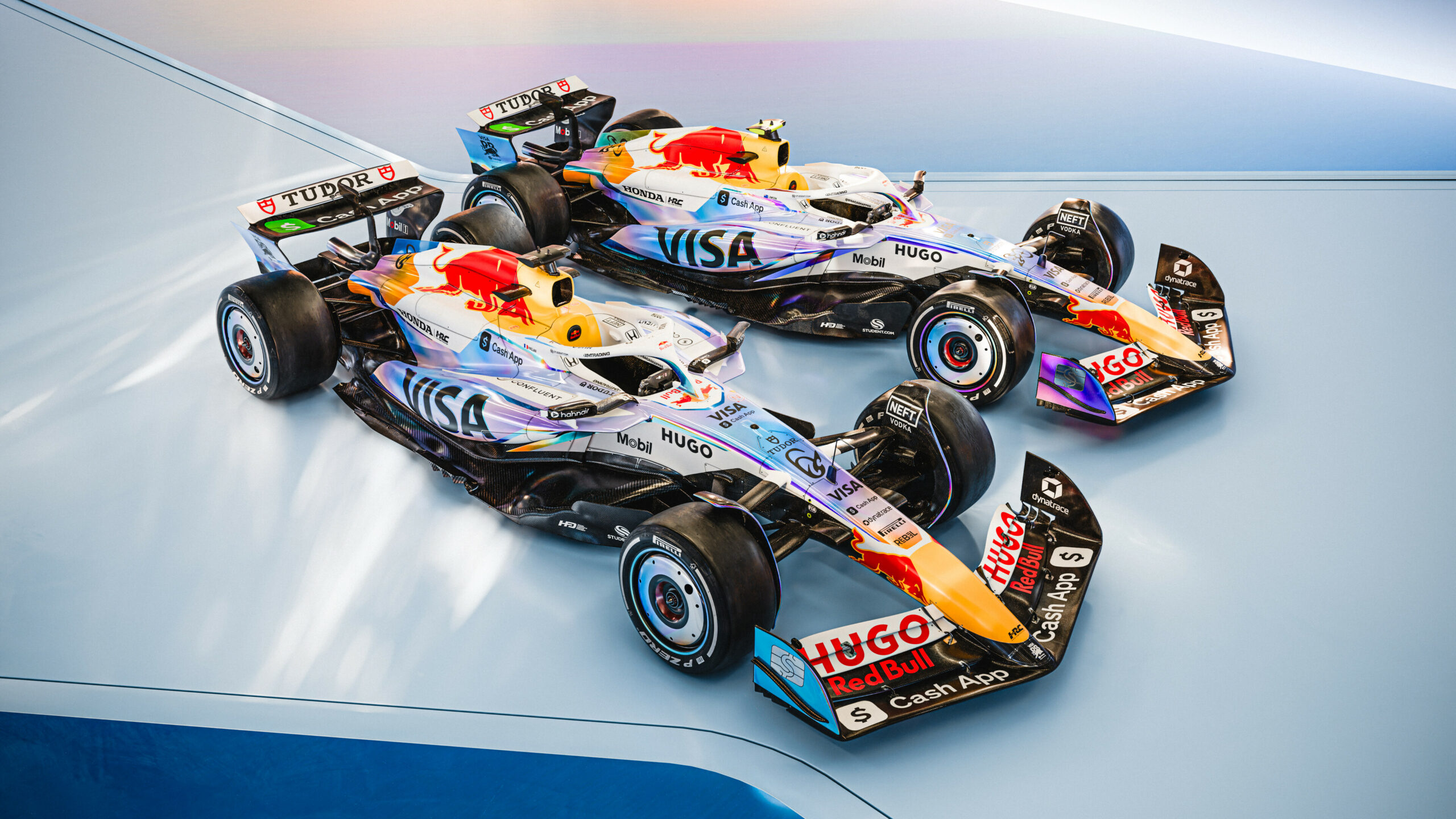The 2025 Formula Regional European Championship (FRECA) marks the seventh running season of the FIA-certified regional Formula 3 series. In its inaugural season, the championship travelled to eight different iconic circuits across Europe, providing a valuable platform for young drivers to climb the single-seater ladder. Since merging with Formula Renault Eurocup, and taking the name FRECA, it has strived to bridge the gap between regional F4 series and FIA Formula 3. In its short but highly influential history, FRECA has helped launch the careers of several young Formula 1 talents, with Franco Colapinto being the first. On top of that, other FRECA graduates like Kimi Antonelli, Gabriel Bortoleto and Isack Hadjar are a few of many success stories to emerge from the series.
If you’re new to FRECA, there are several key differences in the series and weekend format compared to Formula 2 and 3. To give a quick rundown, this is everything you need to know ahead of your first FRECA weekend.
2025 calendar, chassis and teams
In 2025, the FRECA calendar consists of ten rounds across famous European circuits. Earlier this year, the season got underway in Misano, where Trident’s Matteo De Palo and ART GP’s Evan Giltaire crossed the line victorious. Since then, the standings have shifted, with PREMA Racing’s Freddie Slater now topping the Drivers’ Standings with 186 points to his name.
Whilst some teams chose to depart from the series ahead of the 2025 season, the FRECA grid is made up of 30 drivers. With the exception of certain weekends, some teams enter four entries. A fixed grid from year to year is rare, as drivers often join or miss rounds depending on their racing commitments that year. While some drivers have returned to the grid, this season has welcomed seven rookies. Competing in the series, 10 teams complete the paddock: G4 Racing, Trident, Van Amersfoort Racing, CL Motorsport, Saintéloc Racing, R-ace GP, PREMA Racing, AKCEL GP, ART Grand Prix and RPM.
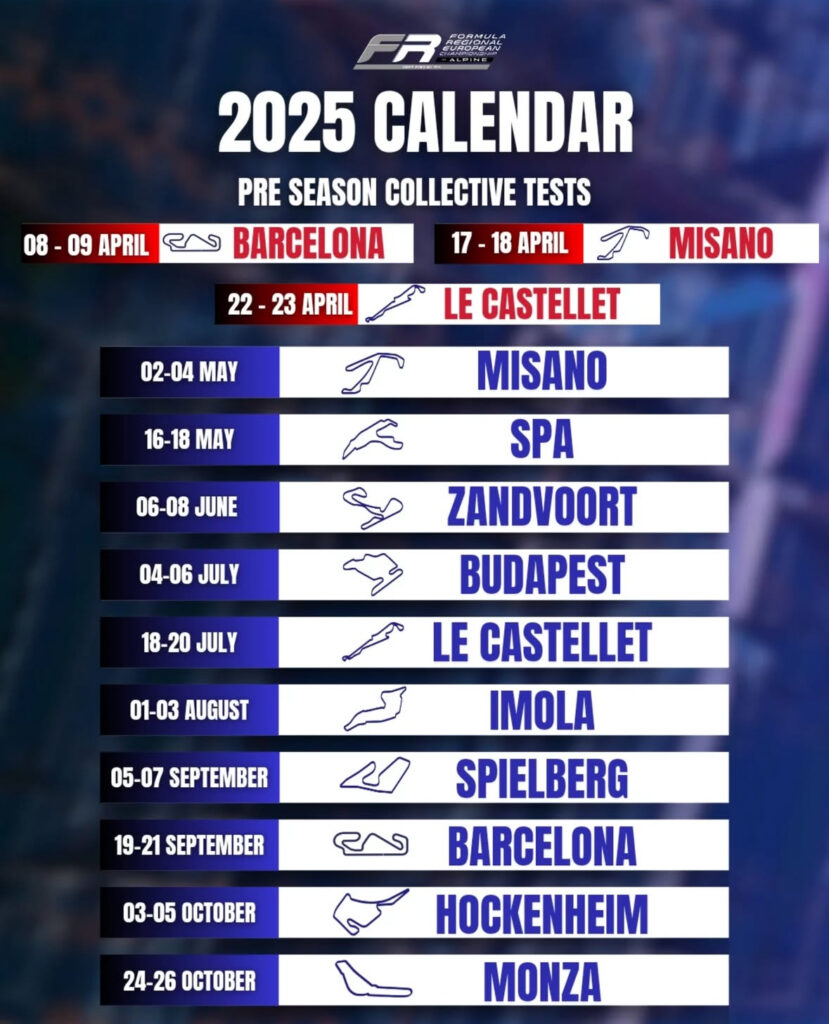
Currently, all regional series run the Tatuus F3 T-318 chassis. However, 2025 will be its final year in use. Just last month, the FIA announced that FRECA will transition to a new generation of cars next season and officially become a new FIA-sanctioned single-seater series. The FR Gen2 cars were set to hit the track this year, but rollout was delayed until 2026. However, 2026 will mark a new era for the series with its new FR Gen 2 car and its technical improvements. Aimed to strengthen the pathway between FIA Formula 4 and FIA Formula 3, the series hopes to offer drivers a clear and competitive step up the single-seater ladder.
Weekend format
Unlike a typical Formula 2 and 3 weekend, FRECA weekends follow a different format. Instead of the usual Free Practice sessions, Fridays feature two 50-minute test sessions, with occasional pre-event collective tests held on Thursdays. While official on-track action begins on Saturday, fans can still follow Friday’s test sessions via the live timings section on FRECA’s website.
On a FRECA weekend, the round consists of two Qualifying sessions and Races. One Qualifying and Race each day. In FRECA, the Qualifying format mirrors the system used in Monaco for Formula 2 and 3. Drivers are divided into odd and even-numbered groups based on where they sit in the Drivers’ Standings before each round. With 30 minutes split between both groups, this gives drivers 15 minutes to set their fastest times. This Qualifying format is applicable to both races. The fastest driver overall claims pole position and lines up on the front row for its respective race. Subsequently, other drivers from that group fill up the odd-numbered slots. Similarly, the fastest driver from the other group will then lineup alongside the pole-sitter, with the remaining drivers from that group filling up the even-numbered slots on the grid.
Both races run for a total of 30 minutes plus an additional lap after the clock ticks down to zero.
Points and titles up for grabs in FRECA
For both races, the series uses the same points system as seen in F1, with the winner earning 25 points, followed by 18, 15, 12, 10, 8, 6, 4, 2, and 1 for the subsequent finishers. Additionally, unlike Formula 2 and 3, no points are awarded to the driver who secures pole position or the fastest lap. After the usual podium for the top three finishers, a separate podium takes place for the top-finishing rookie of the race.
On top of your usual Drivers’ and Teams’ Championship, FRECA has a third title up for grabs: the Rookie title. But, in order to contend for the rookie title, drivers will need to have participated in three or fewer rounds in any Formula Regional series. To name a few, the likes of Racing Bulls’ Isack Hadjar and 2024 FIA Formula 3 Champion Leonardo Fornaroli have taken the title in the past.
FRECA history and champions
Since its inaugural season, the series has nurtured many promising young talents who have since progressed up the single-seater ladder to achieve great things. For many drivers, FRECA is the last step before breaking into FIA Formula 3. Although every team has experienced its share of highs and lows, the series has often seen consistent dominance from PREMA over the years, with the Italian team having secured five Drivers’ and Teams’ Championships.
Dominating the inaugural season was Fredrick Vesti. The Dane became the series’ first champion and claimed the title with three rounds to spare, after racking up an astonishing 13 wins that year. The following year, Gianluca Petecof, also driving for PREMA, secured the title in the final round. Soon enough, it was ART GP and Grégoire Saucy who broke PREMA’s streak in 2021 in the Drivers’ Championship, whilst R-ace GP claimed the Teams’ Championship. But, PREMA bounced back in 2022 with current Formula 2 driver Dino Beganovic at the wheel to claim their third Drivers’ title. Most famously, Antonelli was the series’ 2023 champion who then made the jump to FIA Formula 2 the following year. Completing the series’ six-year championship history, newly crowned FIA Formula 3 Champion Rafael Câmara was FRECA’s 2024 Drivers’ Champion.
Throughout its short but successful history, many drivers have graduated from FRECA to the global stage and can now be seen racing along in Formula 1 or the Formula 2 and Formula 3 support series. The series has produced numerous success stories, serving as a proven pathway for young talent, with too many names to mention. For now, however, all eyes are on the 2025 FRECA grid to see who will take the title and the next step up the single-seater ladder.

